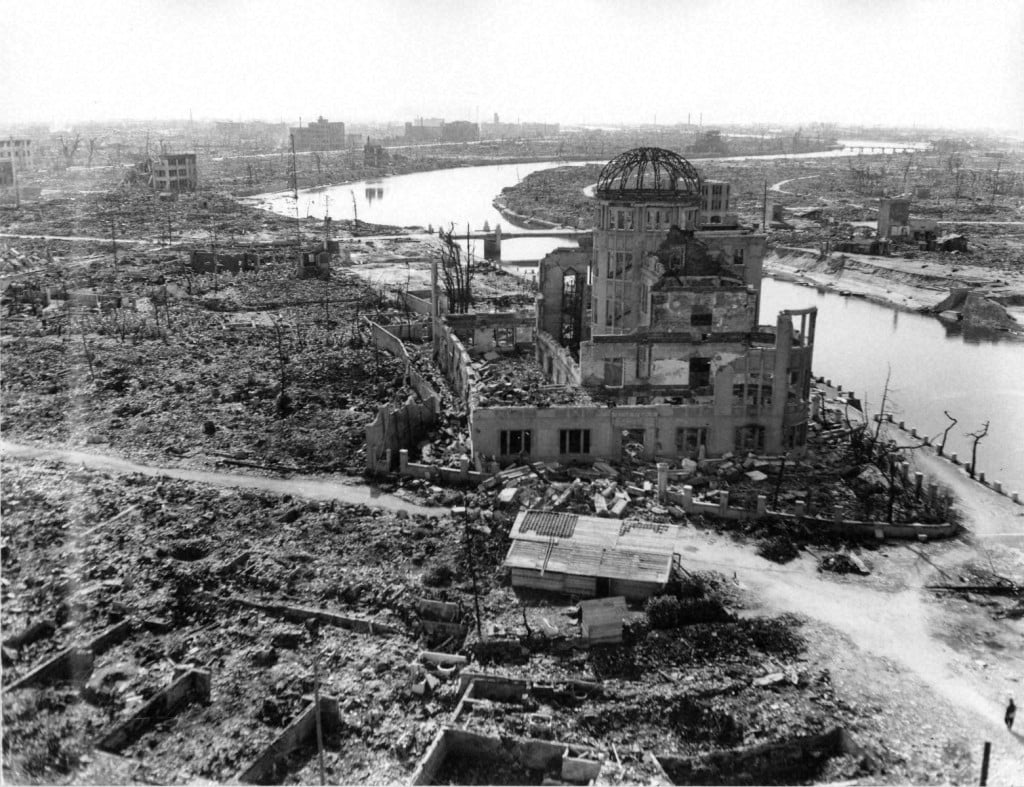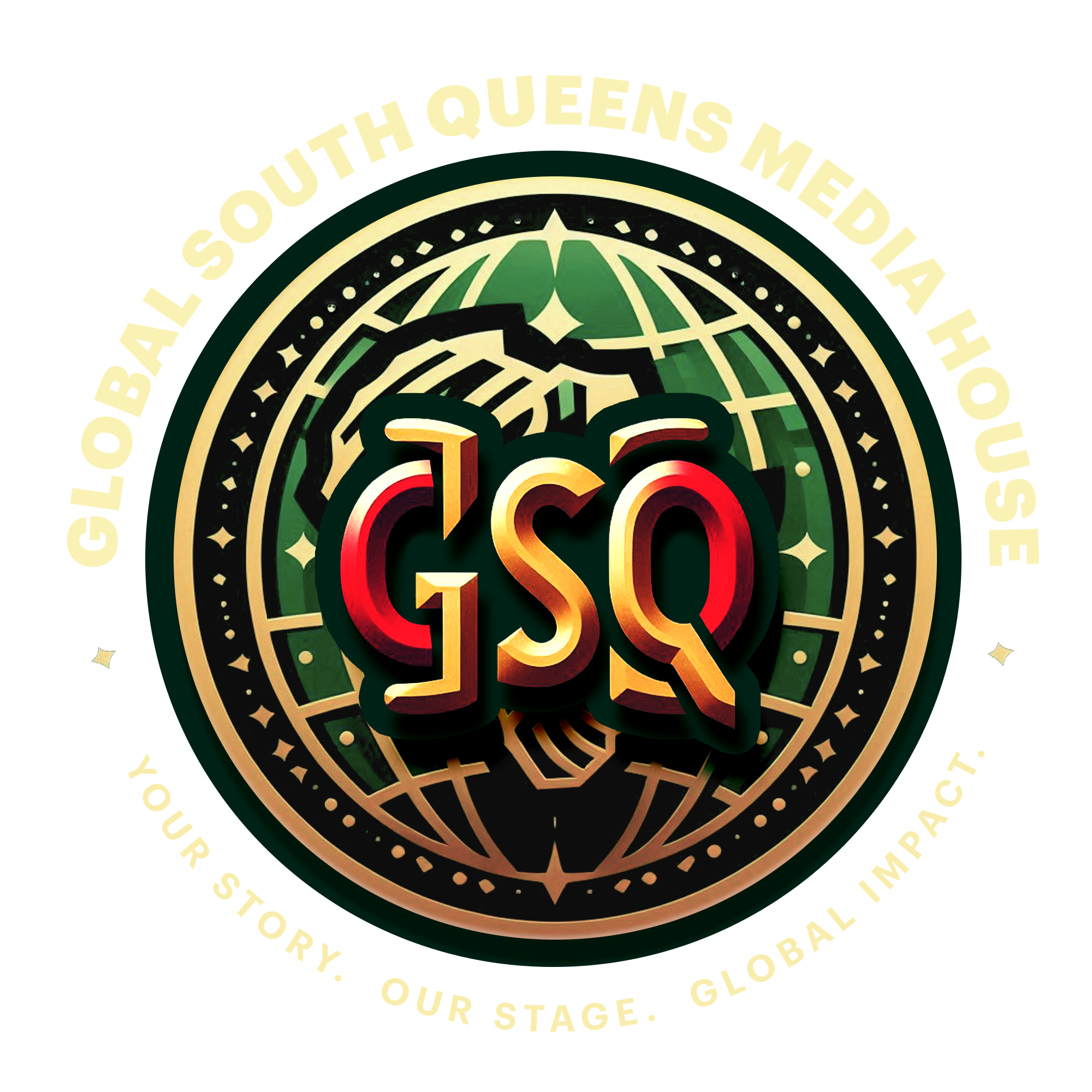- BY VELI MBELE KA-SOMPISI, 6 AUGUST 2025
Today marks the anniversary of one of the darkest moments in contemporary world history – the 80th anniversary of the bombing of the Japanese cities of Nagasaki and Hiroshima by the United States of AmeriKKKa (USA).
On August 6, 1945, the US dropped an atomic bomb on Hiroshima, killing an estimated 70,000 to 80,000 people instantly.
Three days later, on August 9, the US dropped a second atomic bomb on Nagasaki, which killed an estimated 39,000.
These bombings led to Japan’s surrender and the ending of the so-called World War II. These bombings also had devastating effects, which include wide destruction and loss of life.

Long after the bombings, the survivors suffered from radiation sickness, increased cancer rates, and other health issues.
The bombings of Hiroshima and Nagasaki didn’t just have profound implications for the global balance of power, but they also raised serious questions about the ethical use of science- more specifically the power of science to change human lives and bring equality-as opposed to it being used to bring about death and destruction.
One of the things that is rarely mentioned about the events of August 1945 in Nagasaki and Hiroshima is their connection to the Democratic Republic of Congo (DRC) and, by extension, the assassination of Patrice Lumumba
In 1939, the US Congress passed the Strategic and Critical Minerals Stockpiling Act. This Act essentially identified minerals that are crucial for the long-term strategic needs of the US (especially military).
This Act identified ores. Coltan is an ore, and the DRC has the largest reserves in the world. The uranium that the US used to develop the atomic bombs that it dropped on Nagasaki and Hiroshima was sourced from the Congo.
In an article titled ‘The DRC and America’s nuclear weapons’, Jasmine Owens, and Tara Drozdenko state that “Eighty percent of the uranium used in the Hiroshima and Nagasaki bombs originated from the Shinkolobwe mine in the Belgian Congo, now known as the Democratic Republic of the Congo (DRC).”
“Throughout the 1940s and 1950s, the Congo was the number one supplier of uranium to the U.S., and the people of the DRC paid a heavy price.”
They further state that “During the 1950s, the U.S. wanted to monopolize the uranium sector in the Congo in order to prevent the Soviet Union from gaining access. So, the U.S. hid the amount of uranium they were extracting from Congolese mines and capped costs at the expense of the miners who continued to be underpaid and overworked.As a result, Congolese miners were forced to work under secret contracts to produce uranium at extremely low costs for the sake of U.S. national security.”
“When the Congo secured its independence from Belgium in 1960, Patrice Lumumba became the first democratically elected prime minister of the new country. Lumumba made it clear that he would not give the U.S. the same amount of freedom as Belgium had when it controlled the Congo, worrying the U.S government.”
“Eleven days after the DRC gained independence, the Katanga province where the Shinkolobwe mine was located seceded from the country. Private mining companies working with Western governments likely planned the secession in order to secure uranium production no matter who stepped into power.”
“After the secession, Lumumba reached out to the Soviet Union and other states for help, which only heightened U.S. concerns. After less than 6 months in power, Patrice Lumumba was assassinated in a mission authorized by U.S. President Eisenhower. The assassination of Patrice Lumumba changed the course of Congolese history forever.”
In 2003, the US-led the invasion of Iraq, aimed at overthrowing Saddam Hussein, under the pretext that he was in possession weapons of mass destruction (WMDs).
In June this year, the US bombed Iran again, specifically targeting three nuclear facilities: Fordow Uranium Enrichment Plant, Natanz Nuclear Facility, and Isfahan Nuclear Technology Center.
As in the case of Iraq, the US claimed Iran was in possession of nuclear weapons and was intending to use them to destroy certain countries, especially its ally, Israel.
There are at least three enduring lessons that we learn from the bombings of Nagasaki and Hiroshima, the invasion of Iraq and the recent bombing of Iran, all by the US.
The first is that, eight decades later, the issue of access or control over strategic/critical minerals remains a key factor in contemporary imperialist wars.
Two, the use of science in a manner that promotes or perpetuates human suffering remains a critical issue- especially in view of the use of drones and other technologies by Israel to carry out the genocide in Gaza.
And three, western imperialism is still the biggest threat to world peace, and the US is at the forefront of this global and nefarious project.
